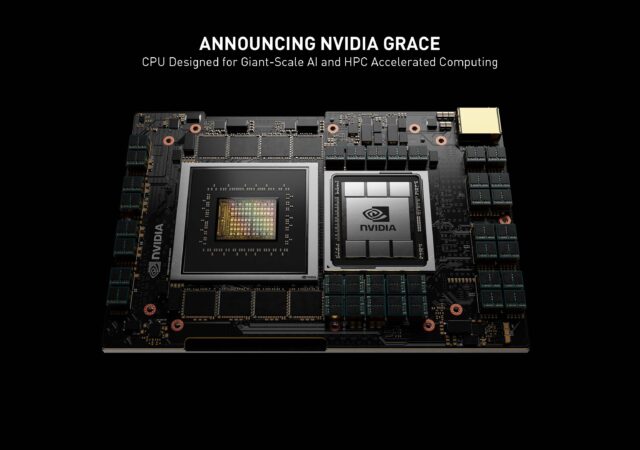With Edge computing becoming more mainstream, organisations are pressed for talent and management. However, they are presented with opportunities if they have the right managed services partners.
NVIDIA Grace CPU for Datacentres for Next Generation Super Computers
NVIDIA announces project Grace in GTC 2021. The NVIDIA Grace CPU is the next generation processor for datacentres.




